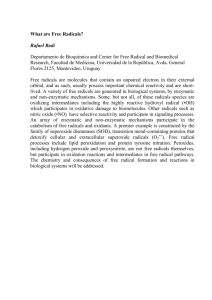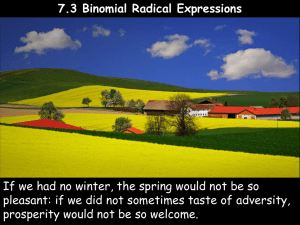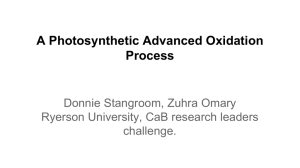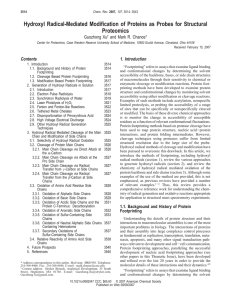M. S. Thesis Seminar Phillip Stratton Chemistry Department
advertisement
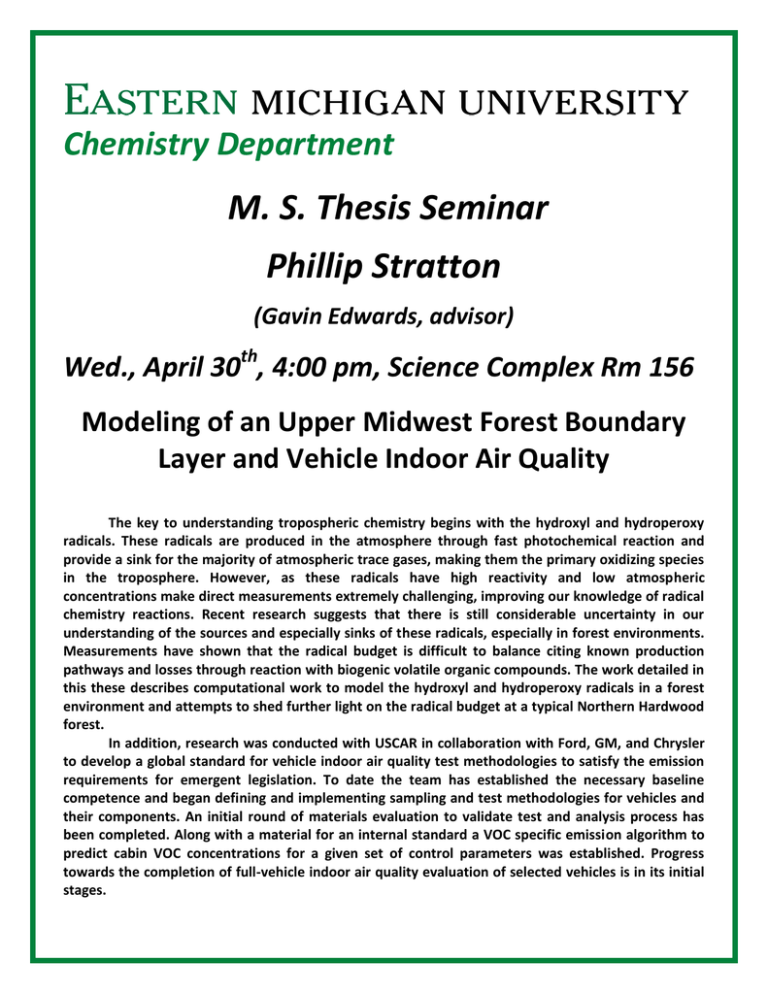
Chemistry Department M. S. Thesis Seminar Phillip Stratton (Gavin Edwards, advisor) Wed., April 30th, 4:00 pm, Science Complex Rm 156 Modeling of an Upper Midwest Forest Boundary Layer and Vehicle Indoor Air Quality The key to understanding tropospheric chemistry begins with the hydroxyl and hydroperoxy radicals. These radicals are produced in the atmosphere through fast photochemical reaction and provide a sink for the majority of atmospheric trace gases, making them the primary oxidizing species in the troposphere. However, as these radicals have high reactivity and low atmospheric concentrations make direct measurements extremely challenging, improving our knowledge of radical chemistry reactions. Recent research suggests that there is still considerable uncertainty in our understanding of the sources and especially sinks of these radicals, especially in forest environments. Measurements have shown that the radical budget is difficult to balance citing known production pathways and losses through reaction with biogenic volatile organic compounds. The work detailed in this these describes computational work to model the hydroxyl and hydroperoxy radicals in a forest environment and attempts to shed further light on the radical budget at a typical Northern Hardwood forest. In addition, research was conducted with USCAR in collaboration with Ford, GM, and Chrysler to develop a global standard for vehicle indoor air quality test methodologies to satisfy the emission requirements for emergent legislation. To date the team has established the necessary baseline competence and began defining and implementing sampling and test methodologies for vehicles and their components. An initial round of materials evaluation to validate test and analysis process has been completed. Along with a material for an internal standard a VOC specific emission algorithm to predict cabin VOC concentrations for a given set of control parameters was established. Progress towards the completion of full-vehicle indoor air quality evaluation of selected vehicles is in its initial stages.



